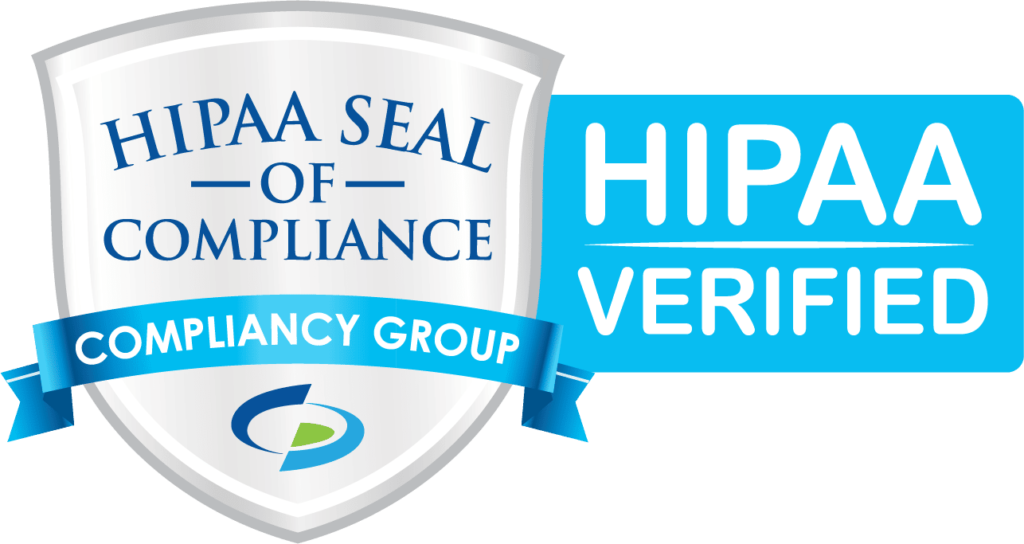Steering through the complexities of healthcare claims can be intimidating, but implementing a few expert strategies can make all the difference. You might think it’s just about submitting forms, but there’s much more to it. From ensuring accurate patient data collection to optimizing claims submission, each step plays a vital role in reducing errors and speeding up the process. Have you considered how technology and coding training can impact your claims efficiency? As you explore these tactics, you’ll discover how to transform your current practices into a more streamlined and effective system. Ready to uncover these expert tips?
Accurate Patient Data Collection
Accurate patient data collection is vital to minimizing claims denials, which often stem from errors during patient registration. As a healthcare provider, guaranteeing that patient information is accurate is fundamental to a smooth claims management process.
Implementing a single patient registration application can streamline this process, helping you collect accurate data and greatly reducing the risk of downstream denials and reimbursement delays.
Regular audits of medical records are essential to maintaining compliance and accuracy. These audits help you identify discrepancies and rectify them before they affect the claims process.
Additionally, training your staff on best practices for data entry will enhance the overall quality of patient information collected.
Utilizing electronic health records (EHR) can further improve data quality. EHRs provide real-time access to patient information, minimizing errors that commonly occur with manual data handling.
Furthermore, verifying patient information through third-party payer records is vital. Eligibility Verification guarantees the information you have is current, especially given frequent changes in patients’ insurance providers or employment status.
Optimizing Claims Submission
Implementing automated insurance verification processes is an essential step in optimizing claims submission, as it guarantees coverage is confirmed before you submit claims, resulting in cleaner submissions and fewer denials. This proactive approach in your medical practice greatly enhances efficiency and reduces the likelihood of claim rejections due to coverage issues.
Leveraging advanced claims management software streamlines the entire claims processing workflow. In 2022, 52% of healthcare providers saw improved efficiency through technology upgrades, highlighting the importance of integrating such tools.
Accurate patient data collection at registration is imperative. Errors in patient information can lead to high denial rates and prolonged reimbursement cycles. By guaranteeing data accuracy from the start, you set the foundation for smooth claims submission.
Regular audits of claims submissions are necessary. They help you identify and rectify common errors, as 48% of providers struggle to spot mistakes before submission, lowering clean claims rates.
Establishing standardized checklists for documentation requirements is another key strategy. These checklists guarantee completeness and accuracy, preventing unnecessary delays and denials.
Minimizing Coding Errors
While optimizing claims submission is crucial for streamlining operations, minimizing coding errors plays an equally pivotal role in preventing claim denials. Accuracy in medical codes is critical; non-specific diagnosis codes and incorrect modifiers are common errors that can lead to immediate claim denials. To verify you’re on the right track, double-check codes before submission, making sure they accurately reflect the patient’s condition.
The billing department should prioritize regular training sessions to keep everyone updated on the latest coding guidelines. These sessions are invaluable for maintaining compliance and accuracy in your billing processes. Upcoding and undercoding are notable pitfalls that result in claim denials, so make sure your staff is thoroughly trained to avoid these errors.
Utilizing electronic health records (EHR) can greatly enhance coding accuracy. EHR systems provide standardized fields and prompt for necessary information during data entry, reducing the chance of human error.
Thorough documentation supporting each diagnosis is also essential; without it, your codes may not align with the patient’s medical records, leading to denials.
Managing Denied Claims
Tackle denied claims head-on by understanding their common causes, such as inaccurate patient information and coding errors. By pinpointing these issues, you can considerably improve the success rate of resubmitting claims.
Providers should engage actively in the appeal process, as you have the right to contest unfair denials. Prepare additional documentation to support your medical claims, guaranteeing that all necessary information is included to bolster your case.
Regular audits of denied claims are vital. These audits help identify patterns and root causes of denials, allowing you to implement targeted training and process improvements. Such proactive measures can prevent future denials, guaranteeing smoother financial management for your practice.
Clear communication with insurers is essential; address denied claims promptly to facilitate a quicker resolution and minimize financial impacts.
Persistence is key when managing denied claims. Follow up diligently, as timely resubmission can considerably reduce revenue loss and enhance overall cash flow.
Upgrading Claims Technology
Successfully managing denied claims sets the stage for an even more efficient process—upgrading your claims technology. In the fast-paced world of healthcare, investing in claims technology is essential. In 2022, 52% of healthcare providers reported updating their systems to enhance processing efficiency. This shift underscores the importance of adopting advanced technologies to streamline claims management.
Automating processes is key, with 91% of executives prioritizing automation tools for faster, more accurate claim submissions. These tools, often powered by artificial intelligence, learn from historical claims data, which helps reduce errors considerably. Advanced technologies improve predictive capabilities, ensuring your claims are processed with precision.
A patient portal can also be a game-changer for claims technology. Automating claims reviews through these portals enables patients to catch errors before submission, a practice deemed effective by 44% of respondents. This proactive approach not only reduces the administrative burden but also enhances patient satisfaction.
Moreover, the 2023 KLAS report ranked Experian Health as the top provider in claims management, emphasizing the effectiveness of modern claims technology. By upgrading your claims technology, you’re setting a foundation for efficient and error-free claims processing.
Tracking Payer Trends
Efficiently tracking payer trends is essential for optimizing claims management in healthcare. By analyzing real-time financial performance metrics such as payer scorecards and dashboards, you can identify areas that need improvement. This isn’t just about tracking numbers—it’s about understanding patterns in claim denials and approvals.
When claims are submitted, regularly reviewing this data helps you detect trends, enabling targeted interventions to improve future submissions and reduce denied claims.
Utilizing predictive analytics is key in forecasting revenue trends and risks. This proactive approach allows you to adjust strategies, ensuring better financial outcomes and enhancing your practice’s financial well-being.
Monitoring changes in insurance policies and reimbursement rates is critical since they directly impact the revenue cycle. Staying informed about these changes means you can adapt quickly, maintaining a healthy cash flow.
Implementing thorough revenue cycle management strategies based on payer trend analysis can greatly enhance cash flow. This reduces revenue losses from denied claims and ultimately improves healthcare services.
Enhancing Workflow Efficiency
When you streamline workflows by implementing standardized processes, you cut down on administrative burdens and errors, which leads to higher clean claims rates. Start by using checklists to guarantee all required documentation is complete before submission. This best practice minimizes claim rejections and enhances the patient experience by verifying accurate billing.
Regular feedback loops among your staff can also play an essential role. They improve communication, allowing for timely adjustments in workflow practices and enhancing overall efficiency.
To further improve your medical billing processes, leverage electronic medical records and data analytics. These tools help identify trends in claim denials, enabling you to implement strategies to improve claims management. By targeting specific areas of inefficiency, you can optimize cash flow and guarantee your billing practices are as effective as possible.
Cross-training your staff in various roles within the claims process is another strategy to improve workflow efficiency. It fosters flexibility and responsiveness, guaranteeing your team can handle claims more effectively, even during peak times.
Conclusion
By focusing on these expert tips, you’ll markedly enhance your healthcare claims processing efficiency. Start with accurate patient data to reduce errors, then streamline submissions using advanced software. Regular coding training will minimize mistakes, while diligent management of denied claims guarantees fewer losses. Upgrade your technology for better billing practices and monitor payer trends to refine strategies. Finally, cross-train your staff to boost workflow flexibility and responsiveness, ultimately leading to a more efficient operation.



